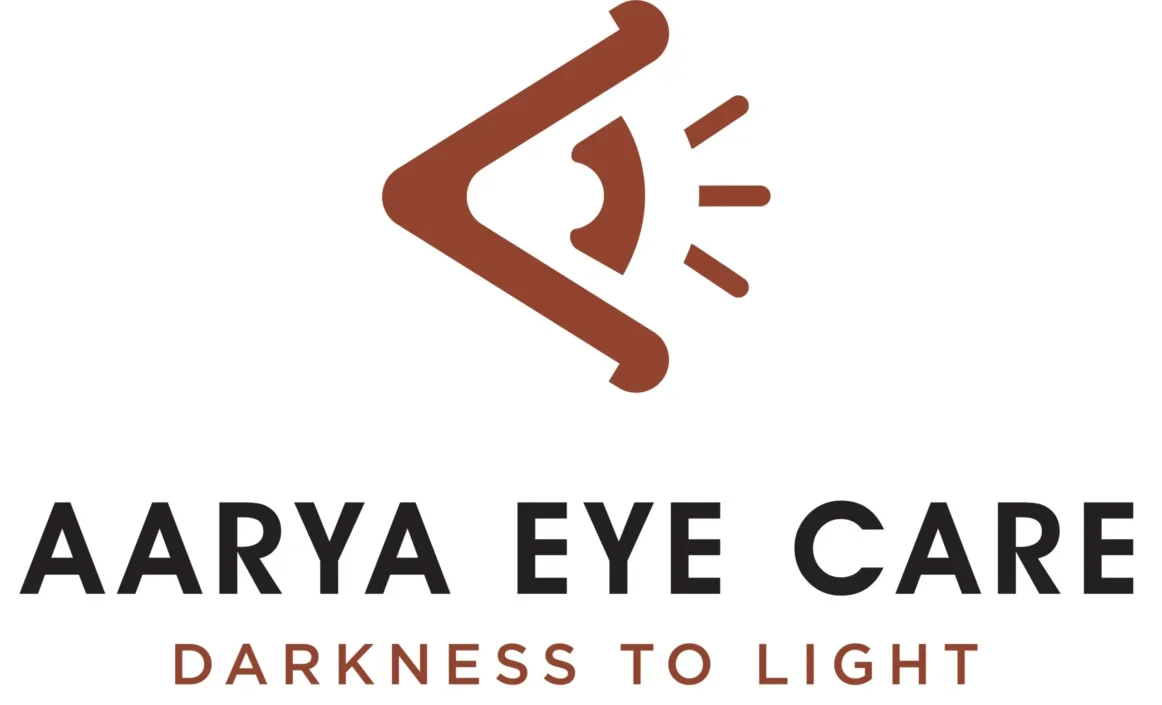What Is Conjunctivitis (Pink Eye)? Causes, Symptoms, Treatment & Prevention Tips
Conjunctivitis, also known as pink eye, is an inflammation of the conjunctiva, the thin conjunctival membrane that covers the eyelids and the sclera of the eye. This condition causes inflammation in the eyes and hence results in redness and swelling of the eyes and is found in children, adults, and even new-borns. The best thing with an illness of this nature is to ensure that it is diagnosed early so that it can be treated in order not to complicate the situation or even spread to other people.
Types of Conjunctivitis
In order to identify appropriate forms of treatment or prevention, it is important to understand the types of pink eye. There are some types of conjunctivitis.
- Viral Conjunctivitis: The most widespread and easily transmittable; associated with adenoviruses. This usually takes seven days, where the condition can be expected to clear up on its own.
- Bacterial Conjunctivitis: It is caused by bacteria like staphylococci or streptococci and in most cases results in pus formation. Generally, the use of antibiotics in the form of eye drops helps.
- Allergic Conjunctivitis: Initiated by substances such as pollen, dust mites, or animal fur. Signs that are exhibited and influenced by the condition include excessive scratching and tearing.
- Chemical or Irritant-related Conjunctivitis: Effects caused by irritation such as chlorine, smoke, or shower emulsification. It is advisable to wash the affected person’s eyes with clean water immediately.
- Neonatal Conjunctivitis: Generally affects the newborn due to exposure to the bacteria at birth. It is therefore important that you see a doctor early enough to avoid even more serious complications.
Causes of Conjunctivitis
One of the major reasons for conjunctivitis is infection, and it spreads very easily. There are four types of infection subtypes, such as viral, bacterial, fungal, and parasitic. Viral and bacterial conjunctivitis are generally common. The common causes of conjunctivitis are as follows:
- Viral Infections: Viruses are the major cause of acute conjunctivitis. Adenoviruses are a common culprit.
- Bacterial Infections: Staphylococcus and Streptococcus are the types of bacteria that can cause infection.
- Allergens: Some particles like dust mites, pet dander, and pollen can lead to the development of an allergic response.
- Chemical Irritants: The given factors should not be exposed to the eyes as they cause irritation, such as chlorine, smoke, or some shampoos.
- Blocked Tear Ducts in Newborns: Can lead to neonatal conjunctivitis.
Symptoms of Conjunctivitis
Recognizing the conjunctivitis symptoms is key to seeking timely treatment:
- Redness or pink discoloration in the white of the eye.
- Itching or burning sensation in one or both eyes.
- Watery or pus-like discharge.
- Gritty feeling or foreign body sensation.
- Crusting of eyelids, especially after sleep.
- Swelling of eyelids.
- Sensitivity to light (photophobia)
Risk Factors of Pink Eyes
Certain conditions increase the likelihood of developing conjunctivitis, such as poor hand hygiene, age, and some seasons, etc. Being in crowded places like schools or offices, Use of contact lenses, Existing allergies or respiratory infections and close contact with someone who has pink eye.
What Does Pink Eye Look Like?
Pink eye manifests through various visual cues:
- Red, inflamed eyes
- Discharge that may be watery or pus-like
- Differences between pink eye and eye allergies include the type of discharge and presence of itching
- Both eyes may be affected simultaneously or one after the other
Treatment Options for Pink Eyes
Effective management through conjunctivitis treatment depends on the underlying cause; for that, it is important to understand the type.
- Viral Conjunctivitis: Management with artificial tears and prevention of rubbing the eyes with other facial parts.
- Bacterial Conjunctivitis: Eye drops or ointment that contains antibiotics that have been recommended by a doctor.
- Allergic Conjunctivitis: Antihistamine or anti-inflammatory eye drops to relieve the symptoms.
- Chemical Irritants: In such a case, flushing of the eyes in the affected area with water is advised, and the irritant should be removed.
Conjunctivitis self-care, like thermal and cold packing and care for eye personal cleanliness, can be helpful in this case as well.
Common Mistakes People Make
Understand the common mistakes people make that complicate conjunctivitis and avoid these errors to ensure proper healing:
- Self-medicating with antibiotic drops unnecessarily
- Using expired or shared eye drops
- Not washing hands before touching the eyes
- Wearing contact lenses during infection
- Assuming all eye redness is allergy-related
Tips for a Safer Home Environment
Some conjunctivitis are preventable, and to reduce the risk of infection, implement these practices:
- Wash pillowcases, towels, and handkerchiefs regularly
- Disinfect frequently touched surfaces like doorknobs and remotes
- Avoid sharing towels, napkins, or cosmetics
- Practice good hand hygiene at home
- Encourage children not to rub their eyes
Prevention Tips
Proactive measures can help prevent conjunctivitis:
- For Children and Students: Teach proper handwashing techniques and discourage sharing personal items.
- For Working Adults: Regularly clean workspaces and avoid touching the eyes.
- For New-borns: Ensure maternal hygiene and conduct eye screenings at birth to detect infections early.
When Pink Eye Needs Medical Attention
Seek professional care if you experience symptoms that worsen or persist beyond 3–4 days with eye redness, severe pain, light sensitivity, blurred vision, green or yellow discharge, or sudden involvement of both eyes. These conditions need professional medical attention. For expert care, visit Aarya Eye Care, the top eye care hospital in Thrissur, Kerala.
Possible Complications
The possible complications of untreated conjunctivitis can lead to corneal involvement, potentially affecting vision; reduced or blurred vision; recurrent episodes of conjunctivitis; and spreading the infection to others, etc.
Aarya Eye Care: Your Trusted Eye Clinic in Thrissur
Pinkeye is not a major condition, and with proper care, we can manage it. Aarya Eye Care is an NABH-certified hospital known for its experienced doctors and trusted care. As a leading eye clinic in Thrissur, we are committed to providing comprehensive eye care services to our community.
Conclusion
Pink eye, medically known as conjunctivitis, is an eye condition that can happen to people of any age. However, there are some serious diseases that should be treated to avoid worsening or developing other health complications in the future. Lack of knowledge of this kind, its types, causes, and symptoms will be detrimental in managing such diseases and getting them treated early. In terms of safeguarding the health of our eyes to avoid such conditions as this ailment in the prospective future, several measures may be of help.
To avail the best eye services in Thrissur, visit Aarya Eye Care—your eye clinic that offers high-quality services.
Frequently Asked Questions
Is conjunctivitis contagious?
Yes, viral and bacterial conjunctivitis are highly contagious and can spread through direct or indirect contact.
How long does it take to recover from a pink eye?
Recovery time varies: viral conjunctivitis may take up to two weeks, while bacterial forms often improve within a few days with treatment.
Can I go to school or work with pink eyes?
It is advisable to stay home until symptoms resolve to prevent spreading the infection.
Can pink eyes heal without treatment?
Viral conjunctivitis often resolves without treatment, but bacterial types may require antibiotics.
Can I wear contact lenses during conjunctivitis?
No, discontinue use until the infection clears and consult your eye care provider before resuming.
Is conjunctivitis dangerous if untreated?
Pink eye is usually mild, but if not treated, it can sometimes cause eye damage and vision problems.
What should I avoid doing if I have pink eyes?
Wait until your eyes are fully healed before touching them, sharing things, or using contact lenses.
For expert advice and treatment, get in touch with Aarya Eye Care – a top eye hospital in Thrissur, Kerala.








